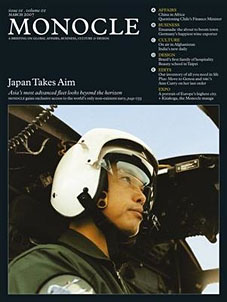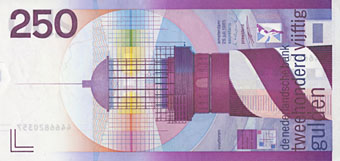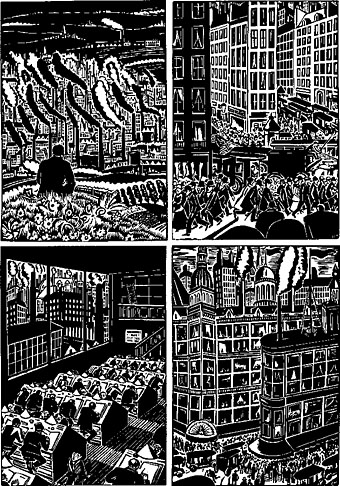Attempting to solve one problem with the WordPress theme has only succeeded in raising several others. For now commenting is possible but your comments will be rendered invisible for reasons I’ve yet to resolve. Your indulgence is requested. Thanks.
Update: So the moral of that episode was don’t try and fix anything that isn’t (too) broken. The problem—the front page occasionally needs reloading to render properly—was solved by upgrading to the latest version of the theme. (K2 is updated regularly.) Unfortunately this raised considerable, and far worse, problems involving the inability to post comments using either Safari or Opera. Firefox was okay but considering that 14% of visitors here are Safari users (not least myself!) that was an unnacceptable state of affairs. So I’ve returned to the older version and will update when they have something available that isn’t a flaky point release.
One final thing: I’ve disabled the comment spam catcher plugin as this was causing problems for some people when posting comments. The built-in WordPress spam filter is now running in the background which should make things more user friendly.
Update 2: Page loading delay was possibly caused by a faulty plugin which I’ve now disabled. We’ll see.




